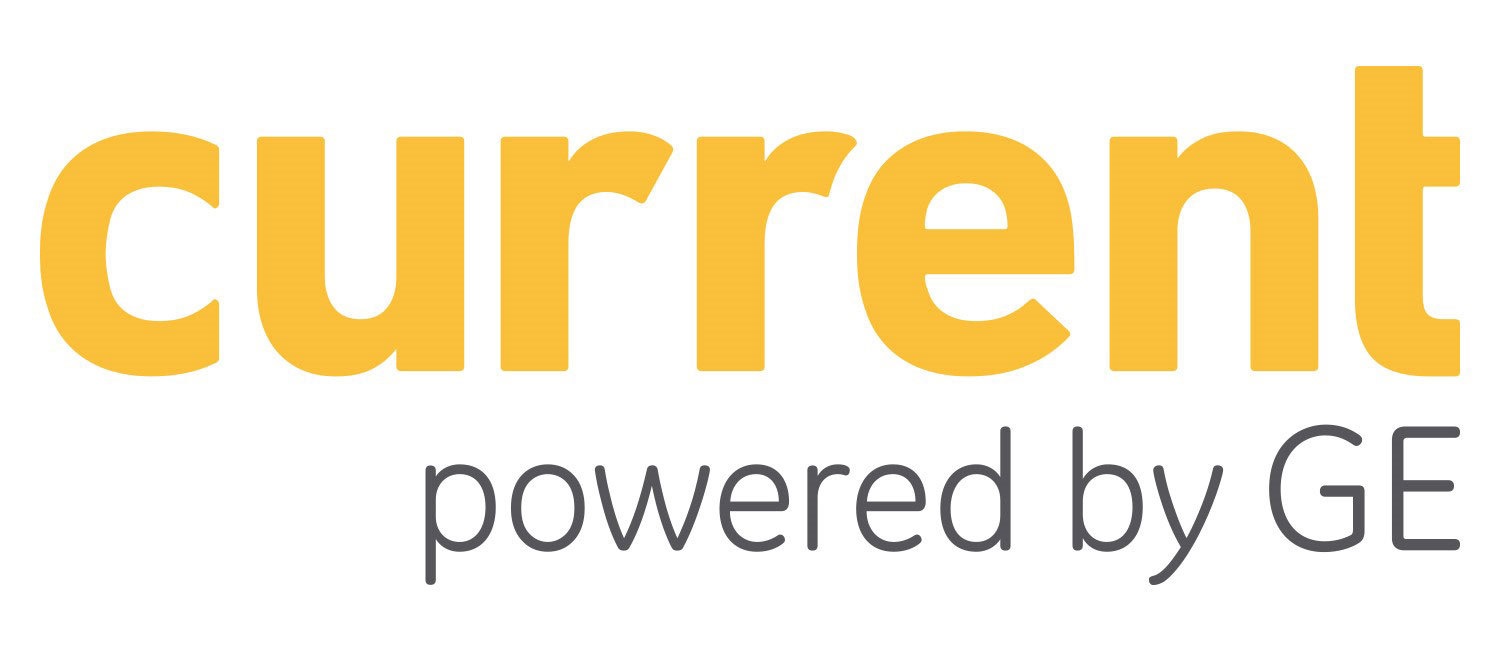Disruption in the energy space is akin to winter in the land of Westeros: We all know it's coming at some point, but no one knows when and not a soul can predict exactly what it will bring. And most of the time when we hear (or write) about disruption, it's related to supply and delivery, much like our last week's EnergyWire post on Dandelion.
What we don't talk about often enough is disruption in the realm of energy efficiency. Energy efficiency has become more than a box that must be checked by utilities for the sake of regulation; it's now a core tenet of most utility brands. After all, participation in, and even awareness of, energy efficiency programs is directly linked to customer satisfaction, according to J.D. Power. But what will happen for utilities when the current model is disrupted?
Let's talk about that changing tide. Let's talk about Current by GE. You could say that Current is a startup with GE or that it's a technology platform. But you could also call Current an unregulated, non-utility-sponsored energy efficiency program from one of the world's most innovative and trusted brands.

For larger organizations, it's also energy efficiency at scale (a national scale). Take Current’s nationwide work with JPMorgan Chase. Through Current, 4,500 Chase branches across the country are becoming more efficient—as a part of a single initiative.
Imagine if Chase tried to achieve that level of energy savings with its utility partners? The red tape; the forms; the sheer volume of moving parts, people, and programs the company would have to navigate. Just the thought of the effort that would be required is overwhelming.
Disruption is coming not just to the supply and delivery components of the utility business, but also to energy efficiency. And the private sector is competing for your customers' business—without any regulatory hurdles.
How will your organization compete?

